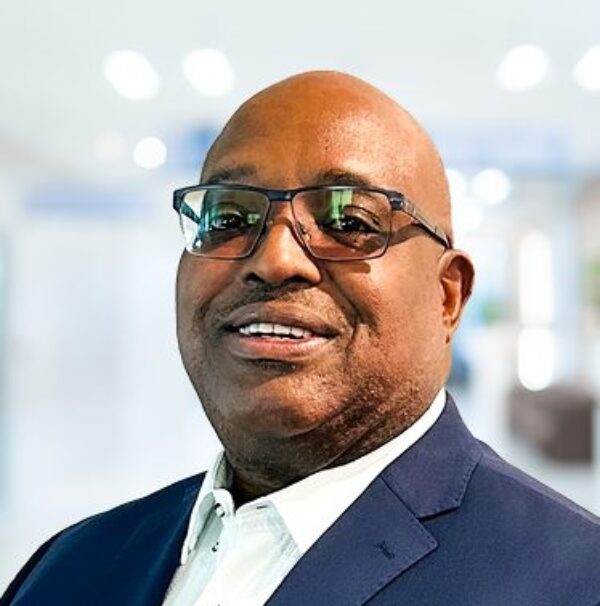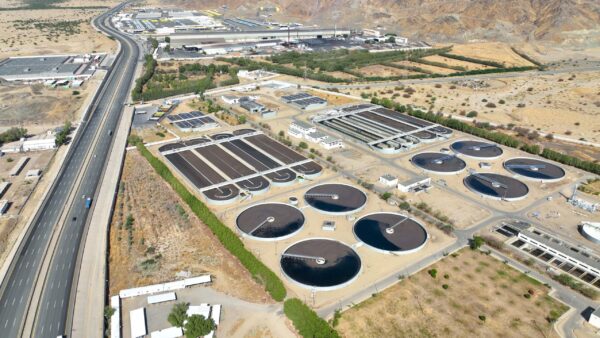
August 27, 2025 | Articles

With construction starts soon to eclipse pre-pandemic levels and with the passage of the Infrastructure Investment and Jobs Act (IIJA) in the U.S., Federal, State, and Local agencies as well as private and institutional developers and owners require an ever-greater pool of program, project, and construction management (PM/CM) talent to support safe, on time, and within budget delivery. Unfortunately, just as the construction industry needs more new and eager young professionals to take on management roles, there is a yawning gap of available PM/CM talent.
As just one example, the U.S. Army Corps of Engineers (USACE), publicly stated their need for additional PM/CM expertise given that the scope of USACE’s program has grown from approximately $25 billion to more than $80 billion compared to pre-pandemic levels. Other agencies and owners, from airports to universities, are facing similar risks and challenges to their capital programs and projects, with the only real difference being scale. The fact is there are simply not enough qualified PM/CM resources available to support the work coming down the road, and this scenario is likely to remain for many years.
To help address this shortage, the Construction Management Association of America (CMAA), assembled 14 PM/CM leaders from across the industry to discuss workforce recruitment and retention and to suggest ways to overcome the current talent shortage in both the short- and long-term. I was happy to participate in this group, as I’ve seen first-hand on my assignments managing high-profile public building and infrastructure projects how PM/CM expertise can help both drive success and help to identify and overcome risks before they can impact progress. Ensuring the industry has a pipeline of young, diverse, and reliable professionals is a priority for my company and should be for everyone in the AEC field.
However, our group saw that in many cases there was resistance to change tried-and-true, historic industry recruiting practices. Specifically, over the course of our discussions, we identified the following obstacles to drawing young talent towards best AEC talent to the PM/CM career track:
While those of us who work in the PM/CM field understand that the industry is testing new methods and tools all the time and that, often, PM/CM services are provided in a contemporary office setting (or, increasingly, from home/remotely), there is some truth and history to these barriers.
Worse, once aboard, new talent then discovers their working environments are not necessarily as inclusive and welcoming as they had hoped. Post-hire issues CMAA’s group identified included:
With these obstacles and challenges in hand, our group had our work cut out for us. The results of our efforts are available in CMAA’s 2022 Prologue Report, and I encourage anyone with a stake in the PM/CM industry to review our suggestions in detail. However, I’ll attempt to offer a snapshot of our ideas below:
Our panel agreed that structural issues in the industry will continue to challenge efforts to improve recruitment and retention. Narrow, poorly defined career paths and the common short-term focus on productivity, for example, are often baked into our industry and remain obstacles to recruiting the best available young talent. However, AEC firms that are willing to explore new avenues to recruitment and advancement and be flexible in accommodating the hopes and expectations of their new employees will enjoy long term success.
About the Author
Hill International, Inc. Project Controls Manager – East Coast Jarvis A. Alridge, CCM, CM-BIM, has nearly 15 years of experience managing multi-million-dollar construction and engineering projects in Washington, DC, Maryland, Virginia, Louisiana, and Arizona. His responsibilities include team building, team supervision, project controls, quality assurance, quality control, and other owner’s representative services. A leader in Hill’s PM/CM technology implementations, Jarvis is adept in AutoCad, Civil 3D, Revit, Autodesk Build, and e-Builder, as well as knowledgeable of Primavera, RS Means, Navisworks, Procore, and Kahua.
Read the entire CMAA 2022 Prologue Report on Workforce Recruitment and Retention here.
Share

August 27, 2025 | Articles

August 12, 2025 | Articles
Hill Welcomes Ben Schwenk as Senior Vice President in the Kingdom of Saudi Arabia

July 27, 2025 | Articles
The Infrastructure Puzzle: Robert Regalado’s Wholistic Business Development Approach

July 13, 2025 | Articles
Tech-Forward Contracting: A Much-Needed Construction Solution

June 23, 2025 | Articles
Jeffrey Hurley Joins Hill’s Northern California Rail Practice

June 23, 2025 | Articles
Ready, Set, Grow: First VP Chad Koelling Takes Charge of Hill’s Mountain West Region

June 8, 2025 | Articles
PMO in Saudi Arabia: The Holistic Approach to Realizing a National Mega-Portfolio